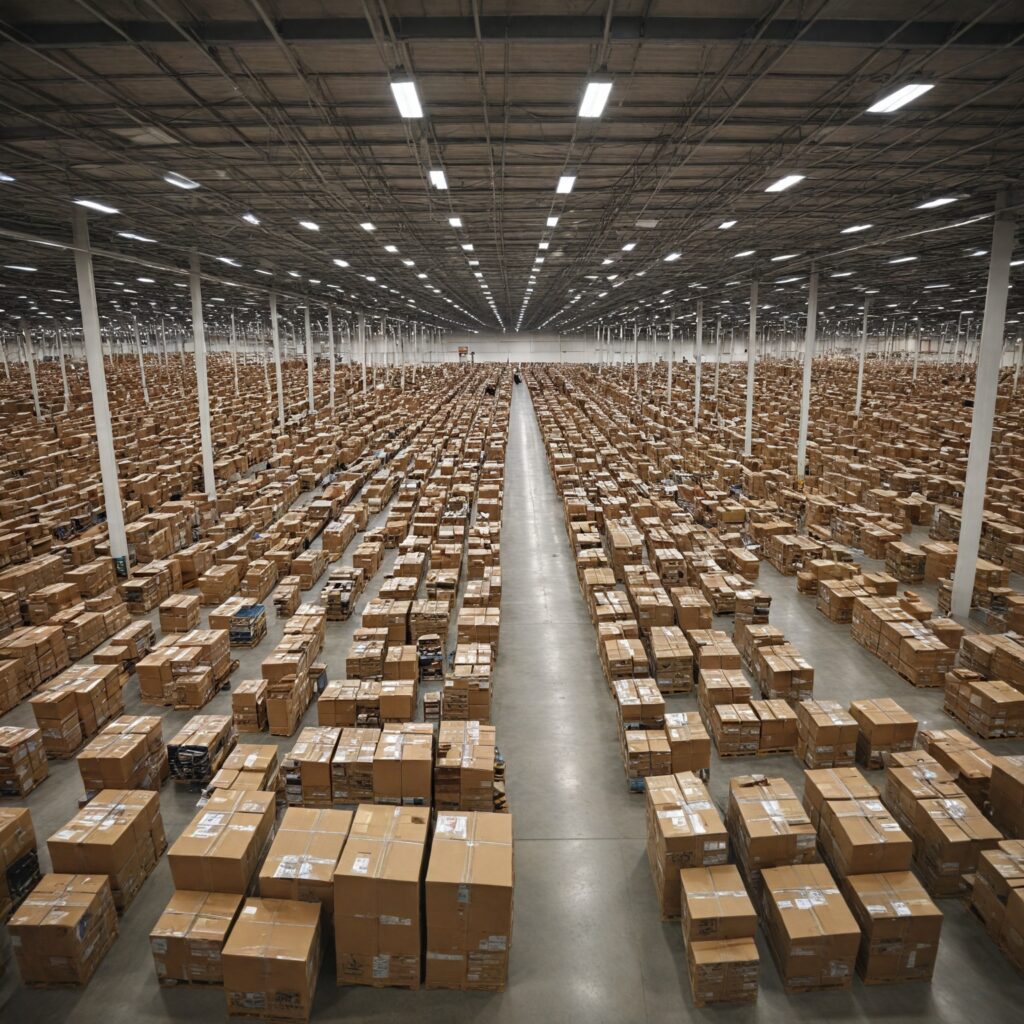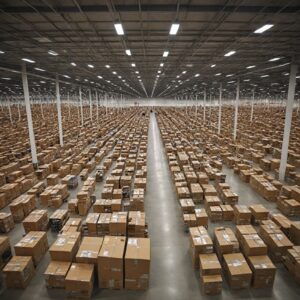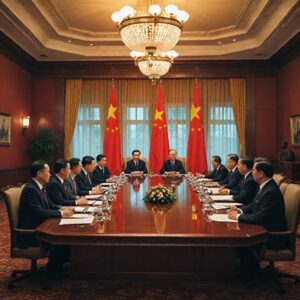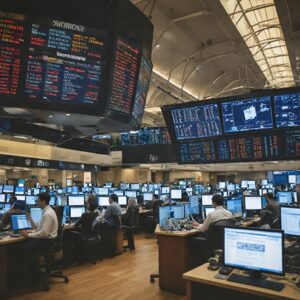
Highlights
– President Trump’s tariff policy causing chaos
– Amazon sellers impacted by tariffs
– Potential rise in consumer prices due to tariffs
The Impact of Trump’s Tariffs on Amazon Sellers
President Donald Trump’s recent tariff policy has set off a chain reaction in the market, particularly affecting Amazon sellers who heavily rely on Chinese manufacturing. With a significant portion of goods on Amazon originating from China, sellers are grappling with a steep 145% tariff imposed on all imports from the country. This leaves them facing the tough decision of either increasing prices for consumers or absorbing the soaring import costs.
Amazon CEO Andy Jassy anticipates that sellers will likely transfer the tariff expenses to consumers, potentially resulting in higher prices on the platform. While Trump temporarily reduced tariffs for most countries, he maintained the hefty tariffs on Chinese goods. This move has prompted sellers, like Portable Winch Co, to contemplate shifting focus to other markets due to the impact of these tariffs.
Strategies and Challenges Faced by Amazon Sellers
Many Amazon sellers, such as Dusty Kenney of PrimaStella, are feeling the pressure of the tariffs on their business operations. Kenney highlighted the predicament of competing against lower-priced Chinese sellers and the struggle to decide on whether to absorb tariff costs or raise prices. Additionally, the impact extends beyond third-party sellers to Amazon’s first-party brands like Amazon Basics.
While some sellers are considering relocating their manufacturing processes outside China to mitigate tariffs, others find it financially challenging. Trump’s tariff policies pose a dilemma for sellers, forcing them to navigate price hikes and explore alternative manufacturing options. The situation calls for strategic decision-making to sustain business viability amidst the tariff turmoil.
Outlook and Adaptation in Response to Tariffs
As Trump’s tariffs continue to shape the landscape for Amazon sellers, the prospect of reviving U.S. manufacturing emerges. Companies like Basic Fun are exploring options to shift manufacturing back to the U.S., while others are diversifying to countries like Vietnam and India. Sellers are evaluating the feasibility of producing domestically to leverage advantages in quality and competitiveness.
The closure of the ‘de minimis’ loophole by Trump signals a shift in trade dynamics, impacting sellers like Kenney who face challenges from direct-from-China competition. With uncertainties looming over future tariff developments, Amazon sellers are maneuvering to adapt their strategies to maintain resilience in a volatile market. The evolving trade landscape necessitates innovative solutions and proactive measures to navigate the changing dynamics efficiently.
In conclusion, Trump’s tariff policies have sparked significant disruptions in the marketplace, particularly impacting Amazon sellers reliant on Chinese manufacturing. As sellers navigate price adjustments and explore alternative manufacturing avenues, the implications of these tariffs raise questions on long-term strategies and adaptation to evolving trade dynamics. How will Amazon sellers innovate to mitigate the impact of tariffs on their businesses? What long-term effects might Trump’s tariff policies have on global trade relationships and supply chains? How can sellers effectively balance consumer affordability with the increasing costs incurred due to tariffs?
Editorial content by Sierra Knightley

















